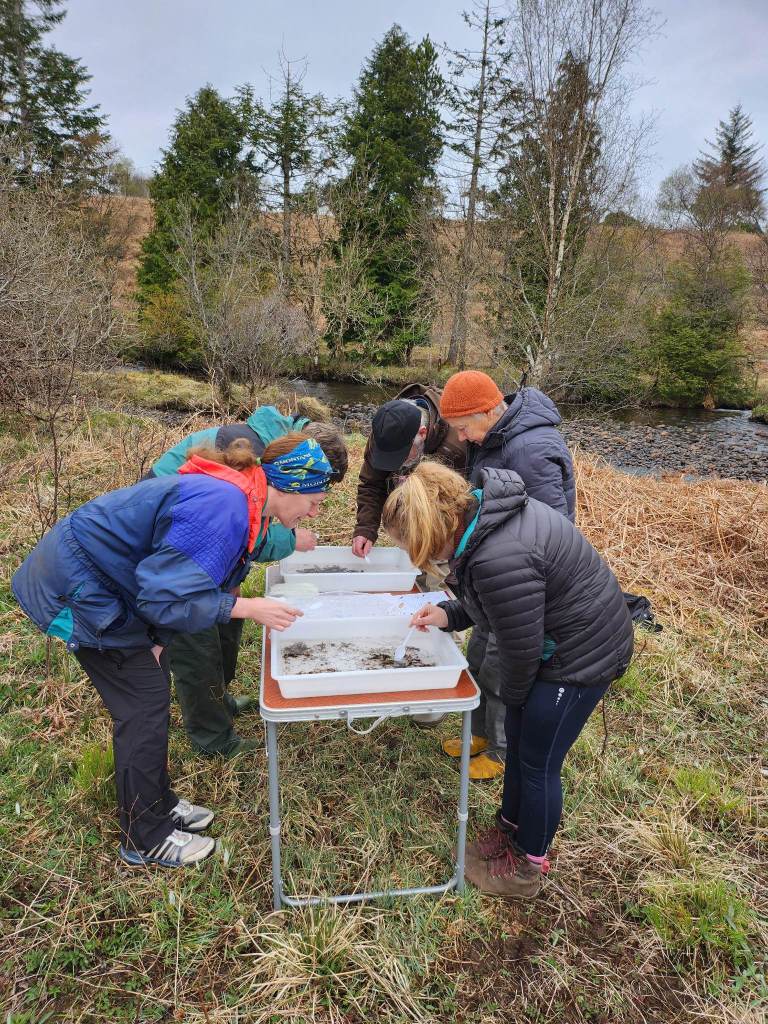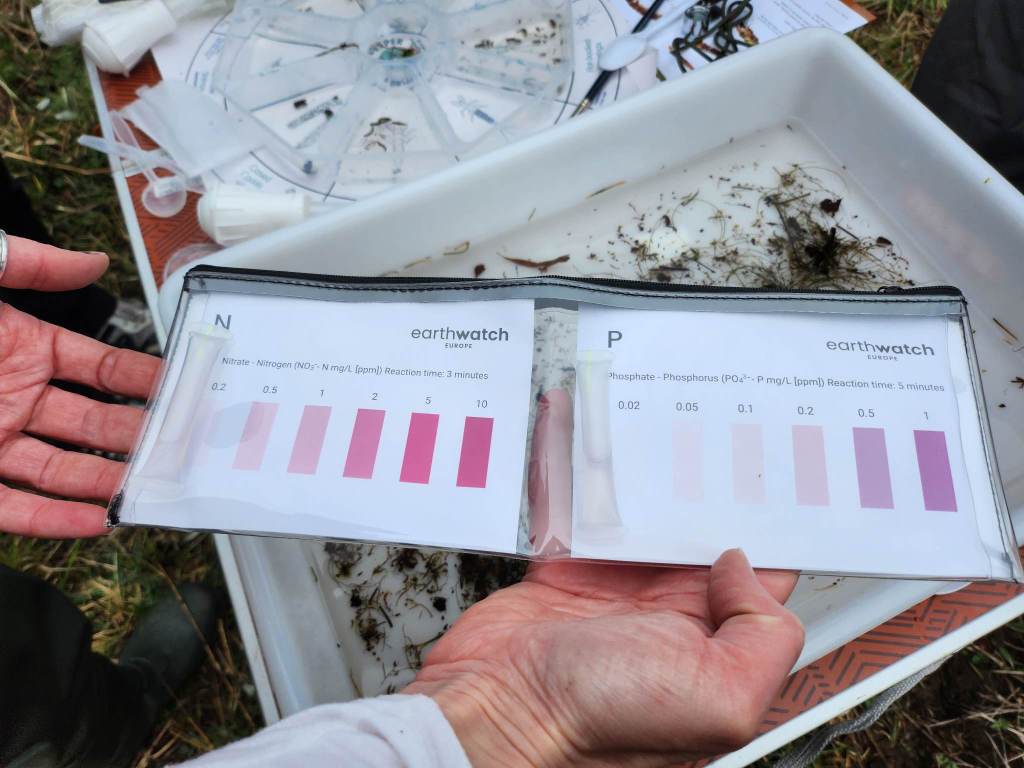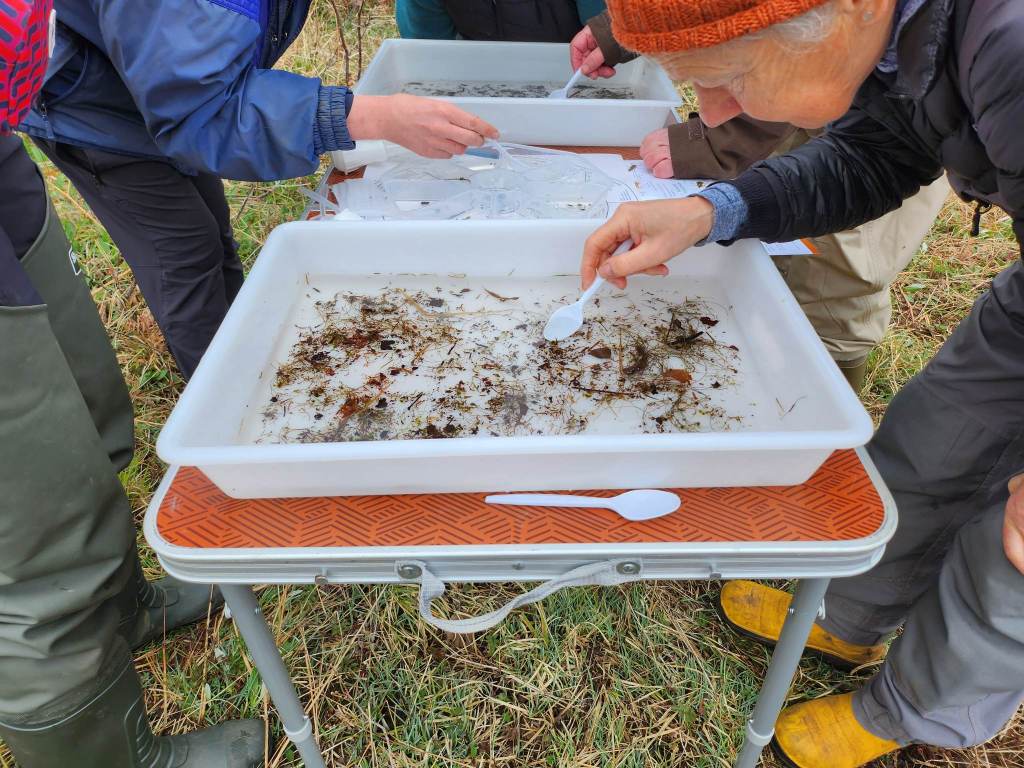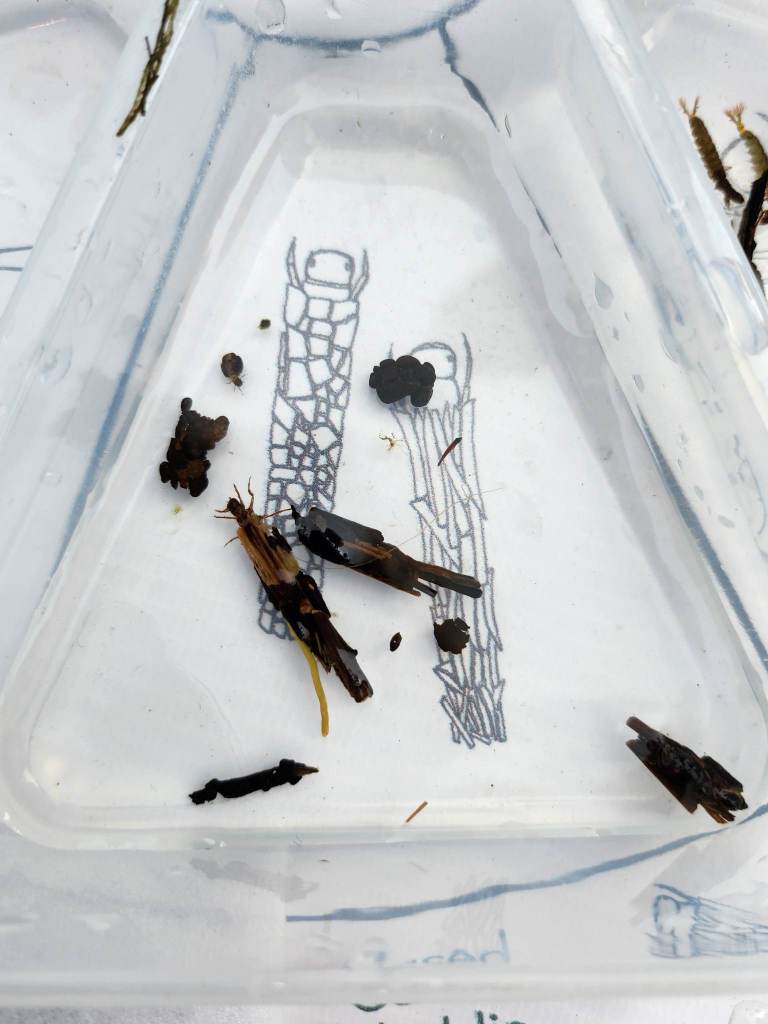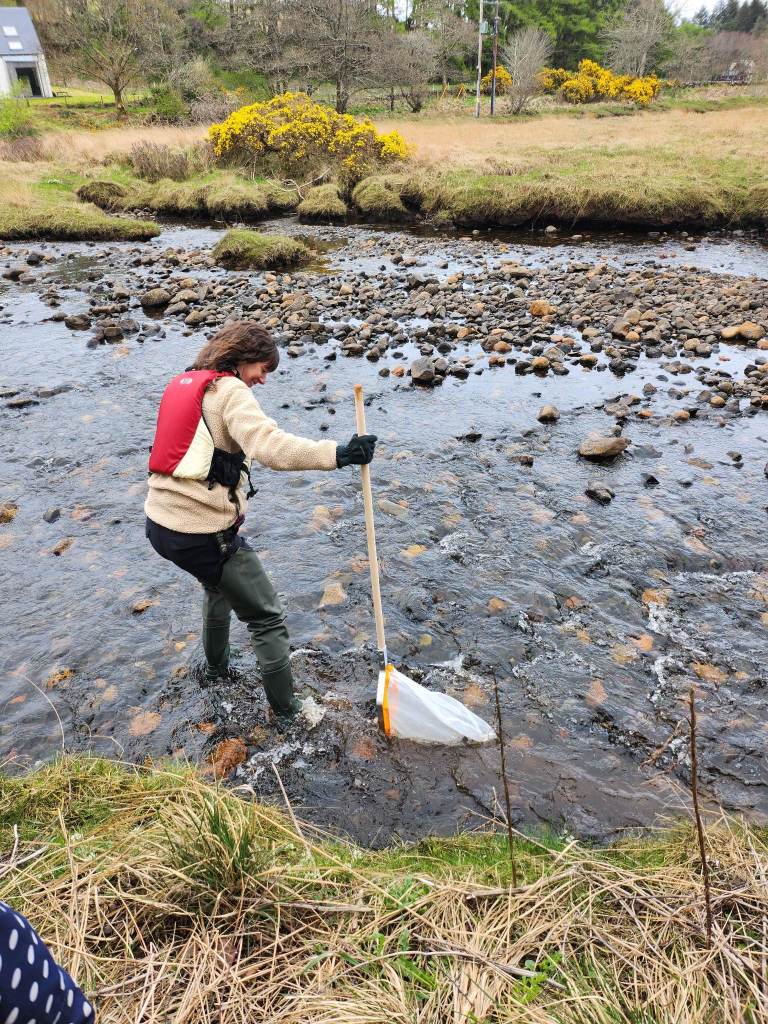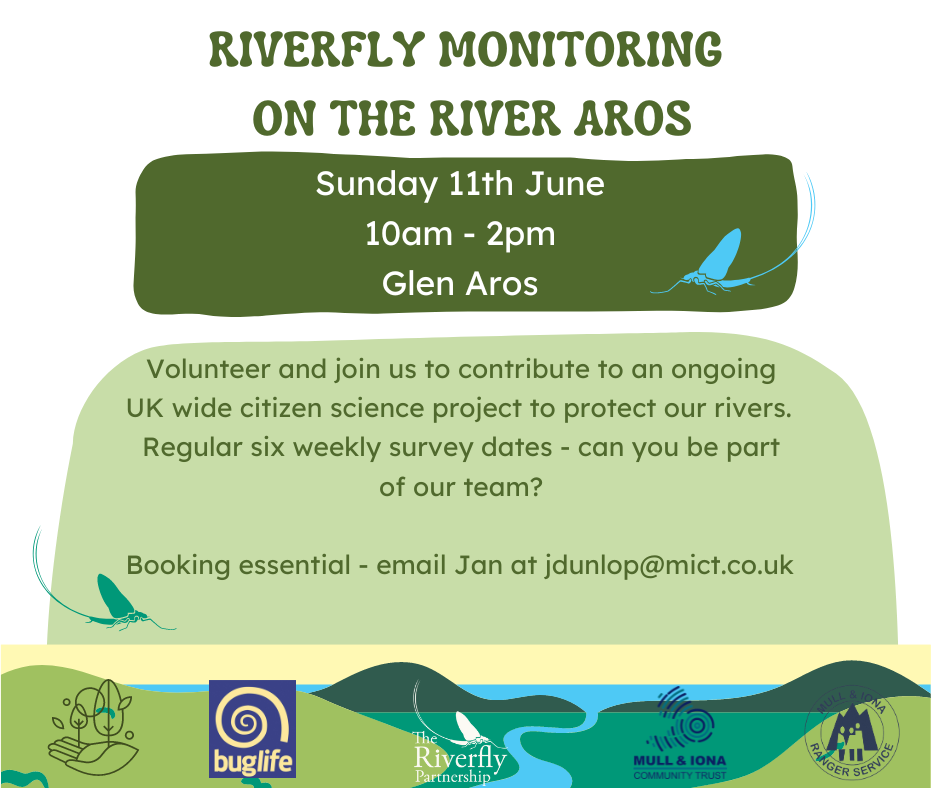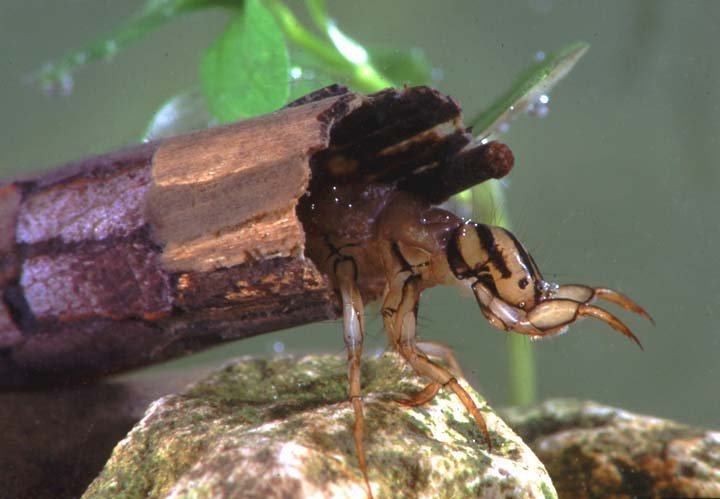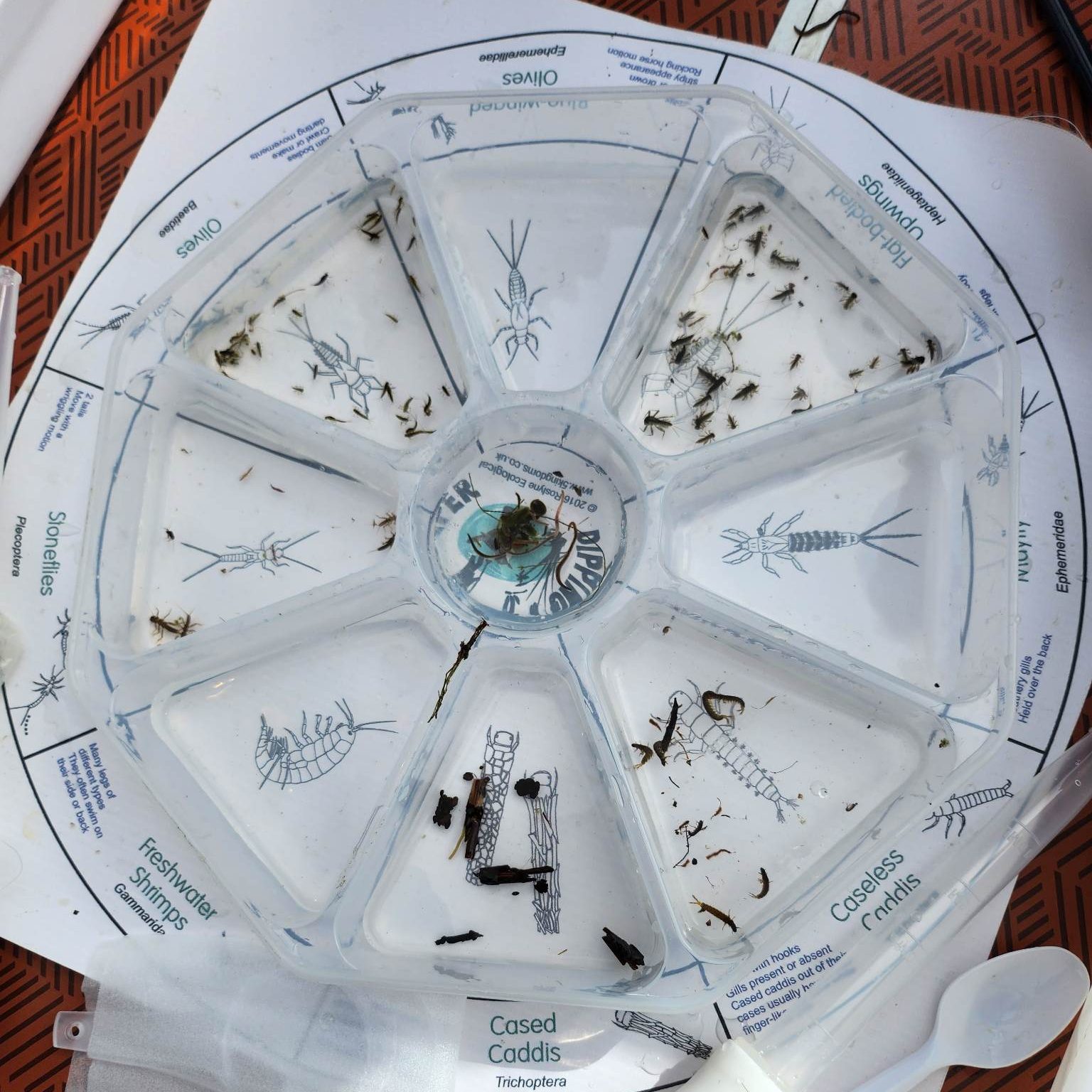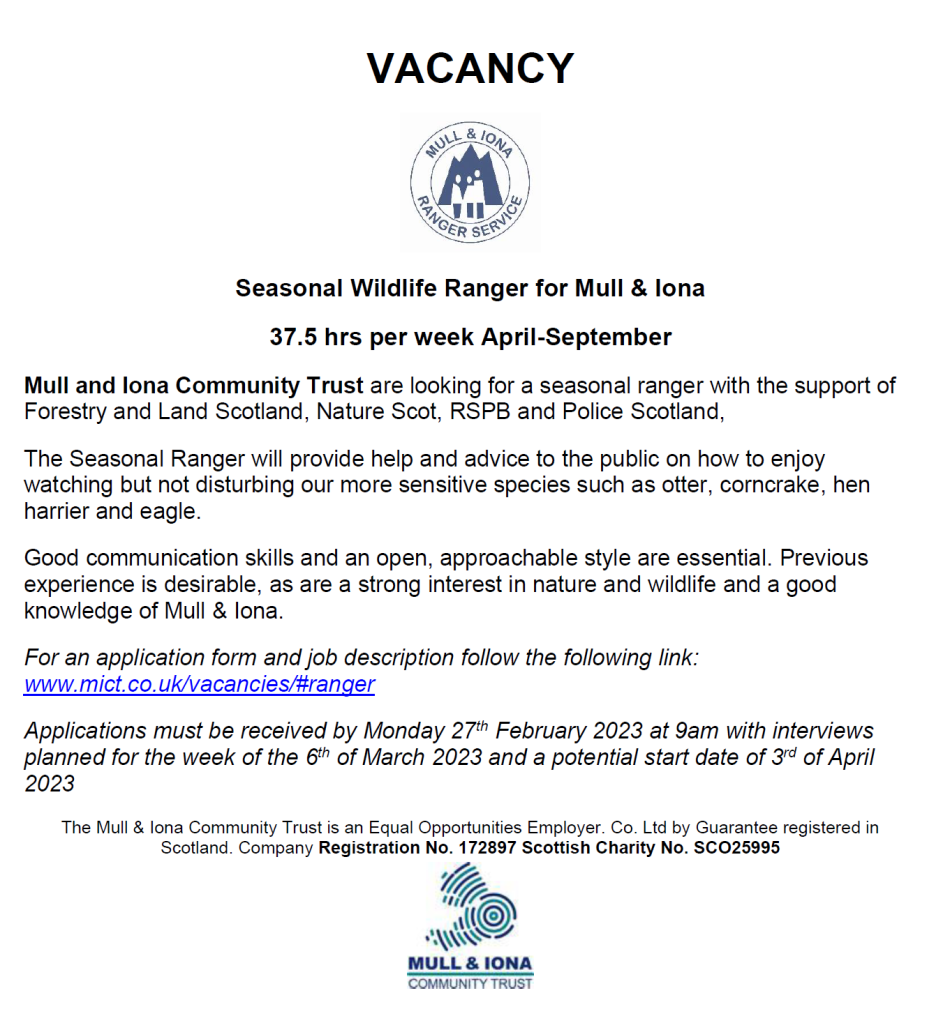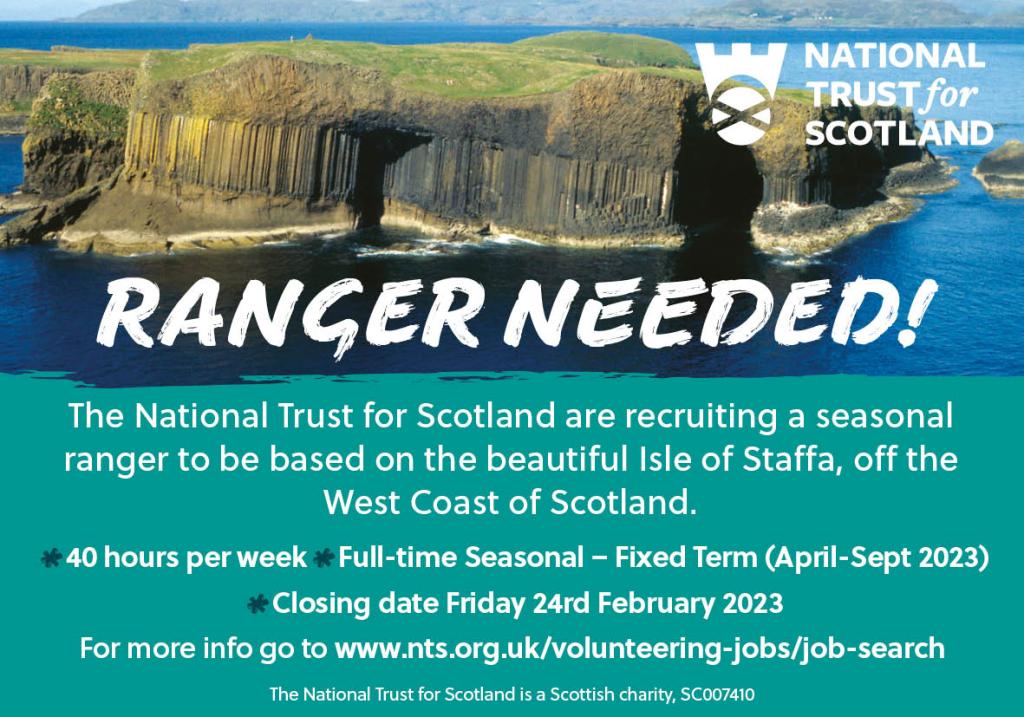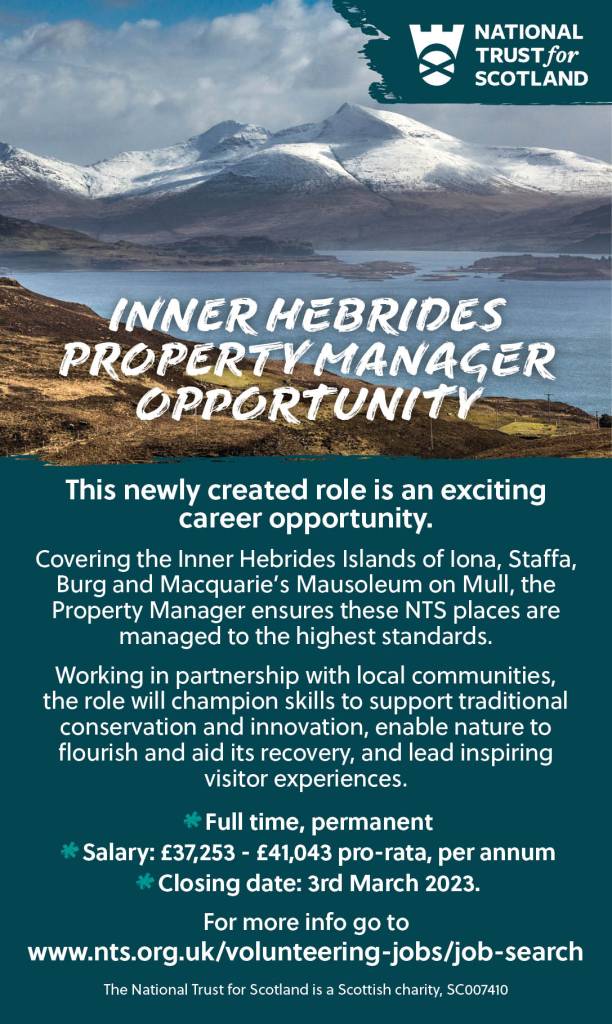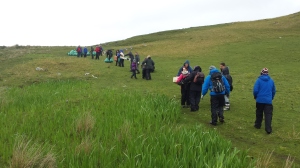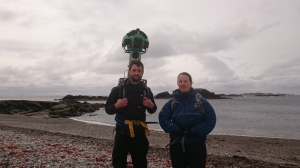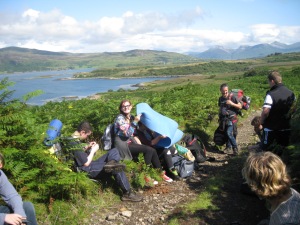As Jan has mentioned before, for us rangers it’s sometimes difficult not to have a ‘busman’s holiday’, and as I’ve recently been lucky enough to visit friends in Brazil, I thought I’d share some of what I noticed of wildlife and conservation during my travels.
What comes to mind when you think of Brazil? For a lot of people I suspect it would be ‘Rio’ and ‘rainforest’ or perhaps ‘football/world cup’…but Brazil is a huge and extremely diverse country, a true melting pot of many cultures, different landscapes and in the coastal Atlantic rainforest some of the most species-rich habitat in the world.
Rio de Janeiro is a city built among mountains. Steep, forested mountains which present some challenges for the road network with its long tunnels and crazy traffic jams, but also intersperse greenspace and forest wildlife throughout the city. Street trees are popular in Brazil, often sprouting tropical fruits, and to my surprise it’s not unusual to look up from an ordinary street to see huge brightly-coloured butterflies, hummingbirds or capuchin monkeys right there amongst the towerblocks, shops, vehicles and people. I enjoyed spotting my first wild toucans in the treetops of the Botanic Gardens (backing onto an area of native forest) and the coastal path around the base of the Sugarloaf, with its joggers and climbers, waves crashing on boulders as huge cargo ships pass nearby, large birds gliding high up on the thermals and close-up wildlife encounters (and an idyllically-sited nursery school with access to forest and beach right from the gate!). Of course, looking up it’s impossible not to notice the favelas, shanty towns straggling up the steep hillsides…




Recycling is widely promoted in public areas – it is common to see a row of several different bins encouraging waste separation – although another side to this also commonly seen in residential streets as people from the favelas work their way systematically through domestic rubbish bags, looking for plastic bottles or cans to sell. A degrading sympton of poverty built on others’ wastefulness…or a useful source of income with environmental benefits?
Travelling west from Rio, it was easy to see why this area is known as the Costa Verde (Green Coast) with mile upon mile of forested mountains, white sandy beaches, small towns (and the odd nuclear power station…just like Scotland!). Crossing by boat to Ilha Grande in the misty drizzle I wondered if I had been transported back to the Hebrides! The whole of this lovely island is a car-free protected area, with reserve staff giving information on walks and wildlife, running a tree nursery to restore degraded areas of forest, trying to control invasive species and providing environmental education for local young people. I enjoyed staying in a guesthouse on the edge of the village with giant lizards, squirrels and lots of birds visiting the garden, and making use of forest trails and brightly-painted wooden boats to get around.






After a couple of days in another lovely car-free coastal town which made good use of horses and wheelbarrows for pollution-free transport of tourists, supplies and rubbish, it was time to head inland to the state of Minas Gerais (General Mines) and my friends’ home city of Belo Horizonte. As the name suggests, evidence of open-cast mining was everywhere, long trains filled with iron-ore producing constant background noise, and many hillsides on fire, presumably to stop the forest from re-colonising areas of farmland. Perhaps this is a familiar picture, as we are used to statistics about the rate of rainforest destruction, but it’s still a shock to see it up close, and not hard to see why only 7% of the original Atlantic rainforest still remains…though the fact is this is what provided the wealth to build many of the beautiful buildings I’d just been admiring in the town of Paraty.
However, government policies are changing and there is now much more support nationally for protected areas and for the land rights of indigenous people. Alongside this is the work done by environmental charities, many of which are international and undertake high-profile campaigning in the UK. It’s unlikely you’ll have heard of the next place I visited though, staying there was a unique experience like nowhere else I’ve been.
Caraça is a true sanctuary, an old monastery in the hills which used to be a school from which emerged several influential Brazilian leaders. Since the school building burnt down in the 1960s it has functioned as a guesthouse with the aims of integrating hospitality, spirituality and mission, culture and education, environmental conservation, leisure and tourism. The church and residential buildings are part of the Catholic church, and are set in a huge private nature reserve of forest and grassland habitats full of wildlife such as tapirs, anteaters, jaguars and many birds. My particular favourite was the guaço, building intricately woven hanging nests dangling from the fronds of palm trees. We hired a knowledgeable guide for a mountain walk taking us up to one of the rocky peaks from where it was clearly obvious the contrast between protected natural habitats within the ring of mountains, and development outside…it felt a little like a scene from the end of Lord of the Rings!! The guesthouse grows some of its own food, composts and recycles waste and meals are taken communally in a huge old refectory. There’s an education centre where local school groups come to learn about the surrounding nature reserve. It attracts many visitors and provides about 70 local jobs, but the whole place still has an air of quiet contemplation about it.




In the 1980s one of the priests discovered that the local maned wolves were raiding bins and had the idea to start feeding them. These wolves do not hunt in packs but are more solitary – one family needs a large area to sustain them, and they are omnivorous eating small mammals, birds and fruits. The priests have gradually gained the wolves’ trust, to the extent that it’s possible to sit on the church steps in the evening where a plate of food is placed on the ground, and wait…sometimes for several hours…until someone spots a shadow slipping across the terrace and suddenly the wolf is padding cautiously up the steps, ears constantly scanning for danger, grabbing a mouthful of food and running to the top of the steps to check for safe escape routes, it could return several times and seems oblivious to the camera flashes and hushed excited whispers at being so close to a wild animal. It is truly wild, free to come and go as it chooses and sometimes may not turn up for several days…a beautiful symbol of trust and respect between humans and another species which surely gives hope that our relationship with the planet is not all doom and gloom.


I was recommended other hopeful projects that I didn’t have time to visit, for example the Guappi Assu Bird Lodge integrating ecotourism with conservation. Then there’s the success story of the golden lion tamarin. Having been a member of the pioneering Durrell Wildlife Conservation Trust (who breed and re-release endangered species) since I was four years old, and then studied the issues surrounding these tiny golden monkeys during one of my university courses, I was delighted to read of a local farm hosting a programme of environmental education and ecotourism daytrips from Rio based around a population of captive-bred golden lion tamarins reintroduced to the wild, see this website for more information.
My final travel destination was the Iguaçu National Park in southwest Brazil where it borders Argentina and Paraguay. In fact the park spans the border with Argentina and it’s possible to visit both sides to view the magnificent waterfalls, largest in South America and a sight I’ll never forget. Although the well-developed tourist infrastructure created a slightly theme-park like atmosphere at times, and is not without its problems – signs everywhere reminding people of the dangers of feeding the coatis and monkeys – again it was great to see so many people looking for an up-close-and-personal experience of wild nature. Tiny swifts were darting through the curtain of water catching insects. Part of the area was closed off due to walkways being washed away in a flood earlier in the year, seeing the remains of large iron supports wrapped around rocks was a reminder of the power of floodwater, that there are some things humans can’t control!




Rangers were very much in evidence here, with a moving memorial to one who was killed while on duty. Sadly there many similar stories of deaths during clashes over land development versus protection, with Chico Mendes, one of the most famous, giving his name to the Brazilian Institute for Biodiversity Conservation which administers this park. Interpretive signs drew visitors attention to different issues, for example the fact that the water often runs red with the evidence of soil erosion in the river catchment area. I loved the informative visitor centre explaining all about rainforest wildlife and ecological niches, and the history of the local Guarani people, with a vision for sustainable small-scale agriculture and selective harvesting of forest products alongside conservation, very inspiring! While in this area I also visited Itaipu, the largest hydro-electric power plant on the planet and an impressive engineering feat, but source of another controversial debate as Brazil is currently constructing another huge dam in the Amazon…is all of this clean renewable electricity generation worth what is lost when large numbers of people, wildlife, forest and waterfalls are displaced or destroyed? Is that a question we can ask in today’s energy-hungry world? Itaipu were keen to show off their many environmental and social responsibility projects and it’s certainly good to see what has been achieved in terms of mitigation 30 years on.
After enduring temperatures of up to 42°C, part of me is quite glad to be back to autumn in our small temperate country, even though the weather has been causing ferry disruption all week!!
So, I hope this post has inspired you to look beyond the ‘doom-and-gloom’ headlines, to look for signs of hope on your own travels, or even to ask a few questions about landuse here in Scotland.
(PS – yes I will be carbon offsetting all of those flights, with Climate Stewards)
